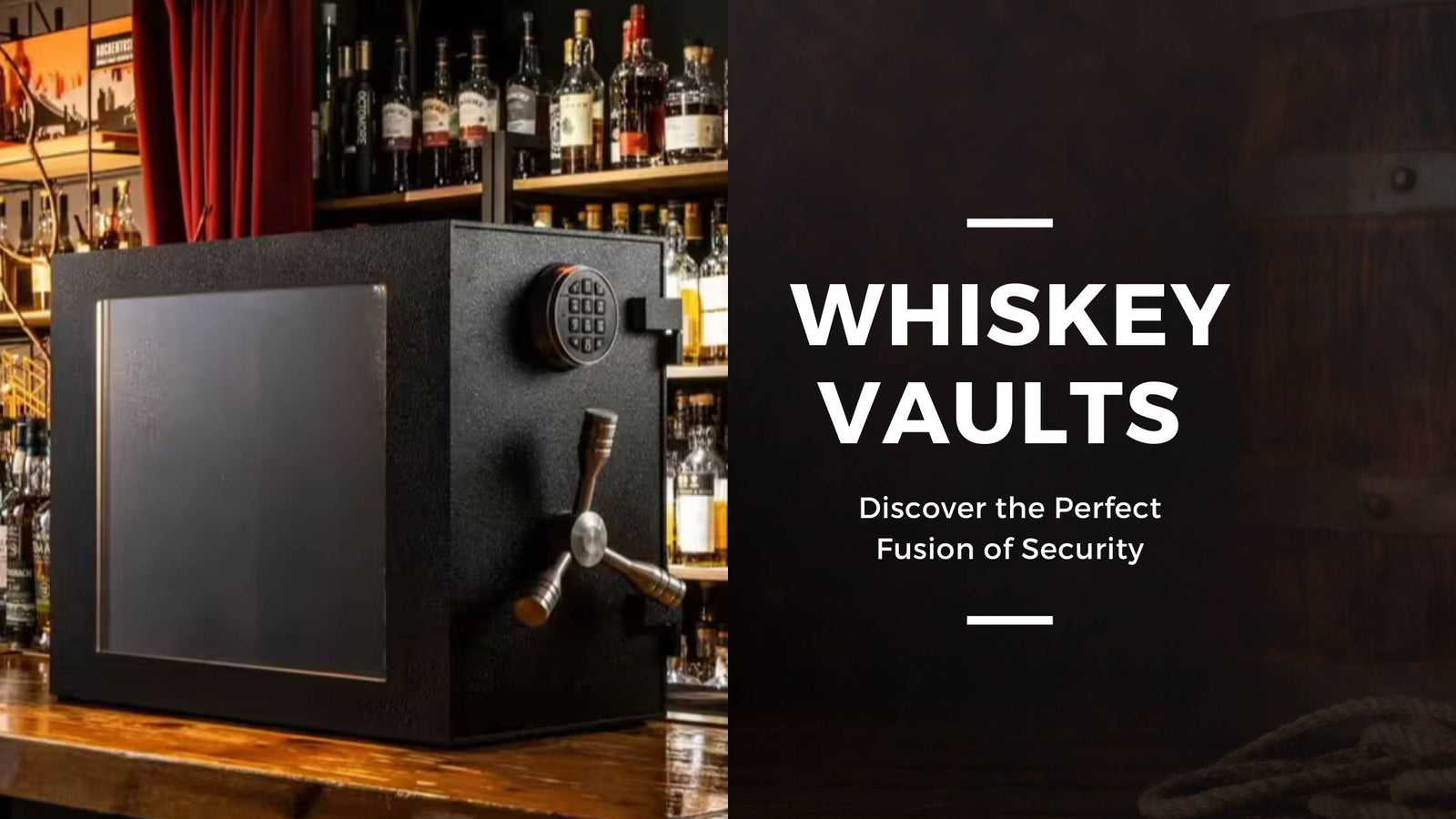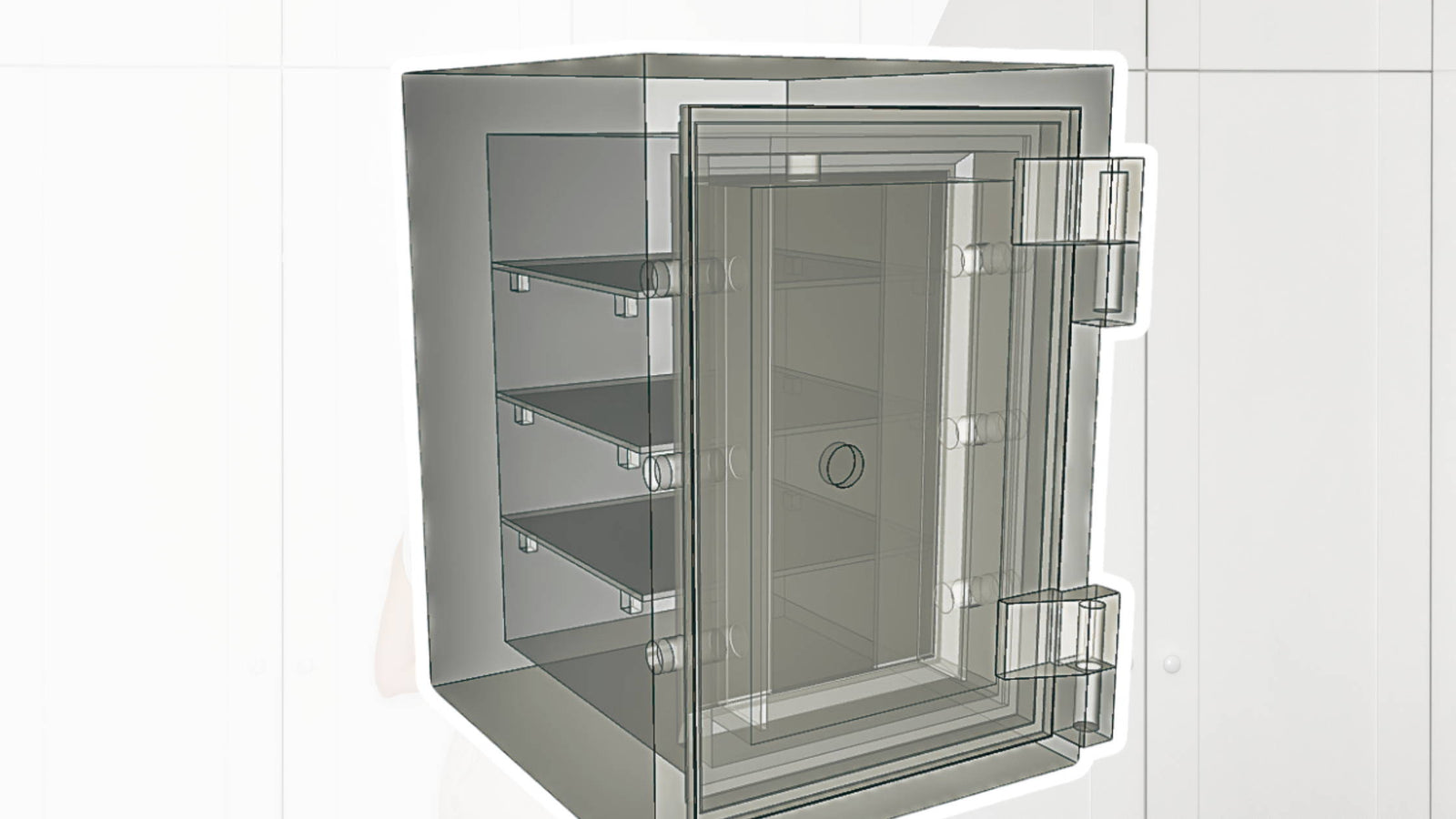As any history buff of the mid-1800s and the turn of the century knows, safes have played an important role in the development of business, commerce, and outlaw gangs in the United States. But the history of safes extends far beyond Butch Cassidy and the Sundance Kid. The first type of safes were strong wooden boxes that were bound with iron hoops from thousands of years ago. Beginning around the 1700s, wrought-iron chests were introduced and by the end of the 1700s, cast iron safes were common practice. Until 1820, safes or “iron chests” as they were called then, were designed to protect against burglars but were not fit to protect against fires or other natural disasters.
It wasn’t until the 1840s that the dual-concept safe emerged. These safes had strong outer casing of tin-plate and sheet iron with an inner lining of the same material. Inside of this was a “non-conducting” composition of hardwood and sawdust mixed with alum. In case of fire, the alum melted and by damping the sawdust prevented the conduction of heat to the interior of the safe. While these safes were not yet burglar and fire-proof, this is the start of the modern combination safe. At this period, safes were THE most expensive piece of office equipment costing approximately $150 to $225 – that’s around $4500 in today’s dollars! In the 1820s, Jesse Delano started manufacturing safes in New York City. He created a new way of producing fire proof safes "which consisted in coating the wooden foundation with a composition of equal parts, clay, and lime, plumbago, and mica, or saturating the wood in a solution of potash lye and alum, to render it incombustible.” With these technological improvements, safes were becoming more akin to what they are today.
This introduced a whirlwind of technology to try and lock down the best damping methods resulting in what is largely the same composition of today’s safes: “The metal of the safe consists of the stoutest and toughest wrought bar and plate iron, the space between the inner and outer surfaces being filled with a composition, of which plaster of Paris is the principal ingredient.” More information on the history of safes can be found at the Office Museum which also has some wonderful pictures to help you visualize these first safes: Antique OfficeSafes
Are you interested in the history of safes? Did you know that some people actually collect antique safes, especially those that have played a part in history?




